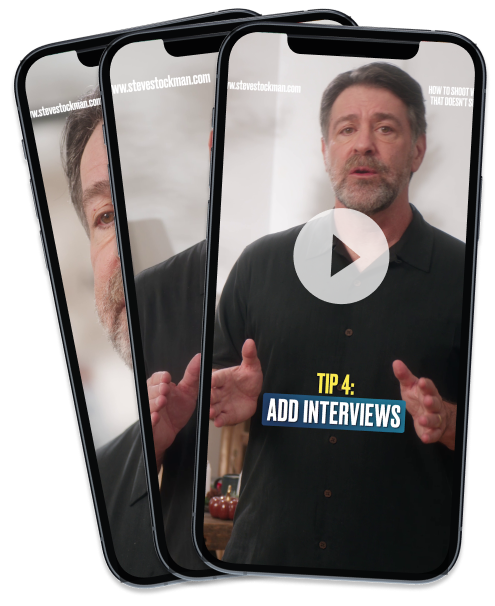How do I know if I’ve shot enough footage? I hate to waste money and time, but I’m nervous I won’t get what I need for the edit.
PS: Absolutely love your book! I’ve read it cover-to-cover twice now and starting my third time through.
–Jamal
Directors always shoot more than they think they need. Which means some of it will always be wasted. That’s how it’s supposed to work. It’s so normal that there’s even a name for this waste. It’s called the “shooting ratio” and it simply means the ratio between how much footage goes on screen, and how much you throw away.
Different projects have different shooting ratios. For example, if you shoot a webcam video for Youtube, you might do 5 takes of your rant and cut the best parts together. That’s a 5:1 shooting ratio– 5 seconds shot for every 1 that gets to the screen.
On the other end of the spectrum, a massive effects-driven superhero movie, with tens or even hundreds of effects layers in every shot, reshoots and multiple takes from multiple angles will ratio waaaayyy higher. Some of these films are rumored to have a shooting ratio as high as 400:1.*
Between the solo rant and the blockbuster is everything else. We might shoot 2 hours of footage to get 30 finished seconds for a national commercial– a shooting ratio of 240:1. “Normal” big-budget feature films could shoot 30:1 or 300:1 depending on how big and how effects-filled they are.
A good producer spends a lot of time thinking about shooting ratio when they’re setting up a budget. Shooting more footage costs more time on the set. Later, it also means more expense in post-production because you need more person-time to review the footage and edit it into the finished product.
Given that you have a good producer, a good director doesn’t spend too much time worrying about budget. If you go a little over budget and get brilliant shots, the client or network will still love you (most of the time.) But if you don’t get what you need for the edit, nobody will thank you for coming in under budget.
For reference, here are some ballpark approxi-guesses for the shooting ratios of typical film and video projects:
Whether you’re a producer or director, get comfortable with overshooting. Budget and plan for it. That said, in the real world, it also pays to respect the budget.
To do that, know your material backward and forward. Create a shot list. If you’re shooting something complicated, storyboard your scenes. Doing your homework helps both your time management and that nagging feeling you’ve forgotten something.
It also frees you up to be creative. Once you’ve got the coverage down, it’s playtime. Improvise with your actors. Let the DP do that macro shot she’s been dying to set up. Wait for the light. Try ideas that come to you. Most of it won’t work (which is fine! Shooting ratio!) but you’ve seriously upgraded your finished piece with the stuff that does.
* At that ratio, it would take one person watching 7 days a week, 12 hours a day for 4 months to personally see all of the footage created for Avengers:Endgame. In real life, no one person does this. Teams of assistants will separate the wheat from the chaff in what’s been shot live-action, while animators and f/x houses will only send the most-likely-to-work material to the editorial team. Of course, that’s still a lot of man hours and a lot of people to pay.
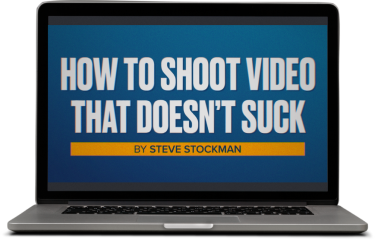
Get a free preview of the new video course!
Sample two lessons from our new video course free right now. No signup or credit card required!

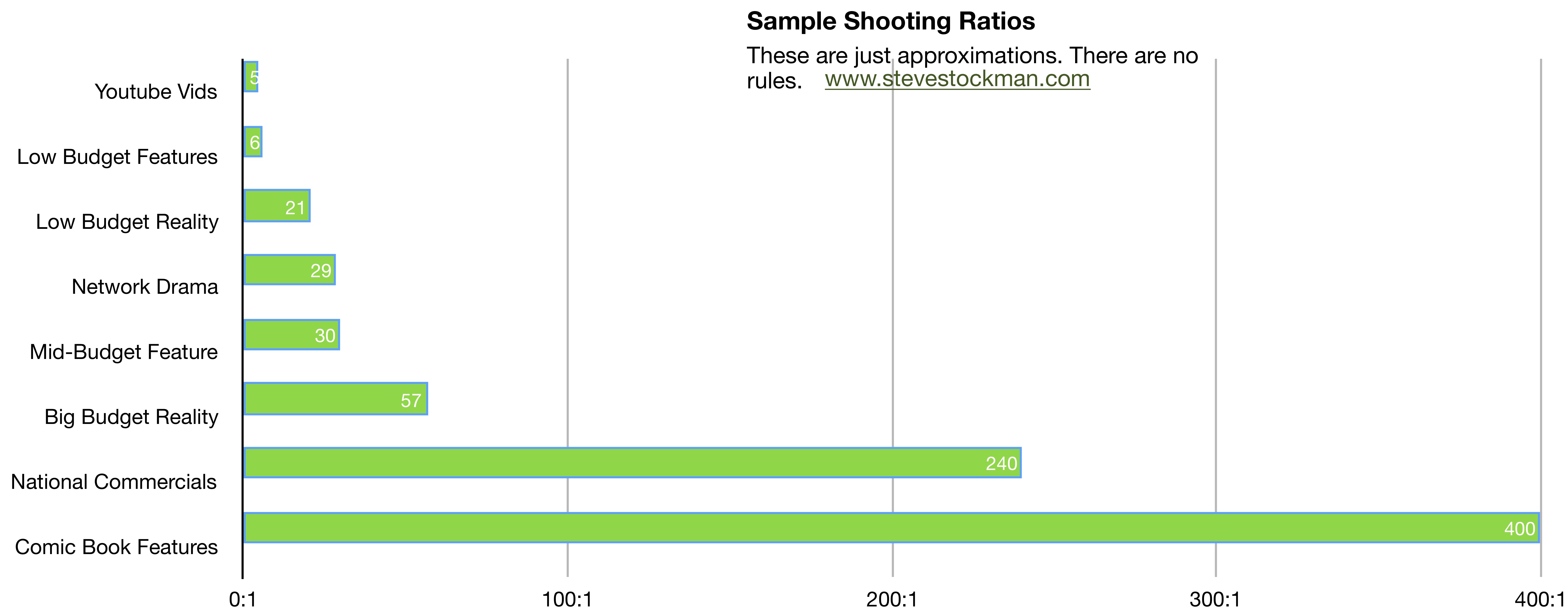
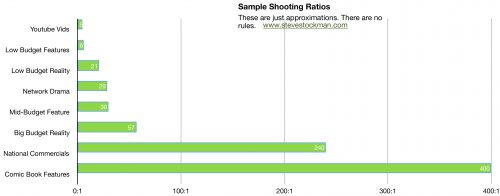





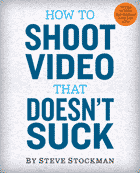


 Steve Stockman is a writer/ producer/ director in Los Angeles. How to Shoot Video That Doesn't Suck, available in 9 languages, is the best selling video how-to book in the world. You can find the updated edition from Workman Publishing wherever you get books, ebooks or audiobooks.
Steve Stockman is a writer/ producer/ director in Los Angeles. How to Shoot Video That Doesn't Suck, available in 9 languages, is the best selling video how-to book in the world. You can find the updated edition from Workman Publishing wherever you get books, ebooks or audiobooks. 
